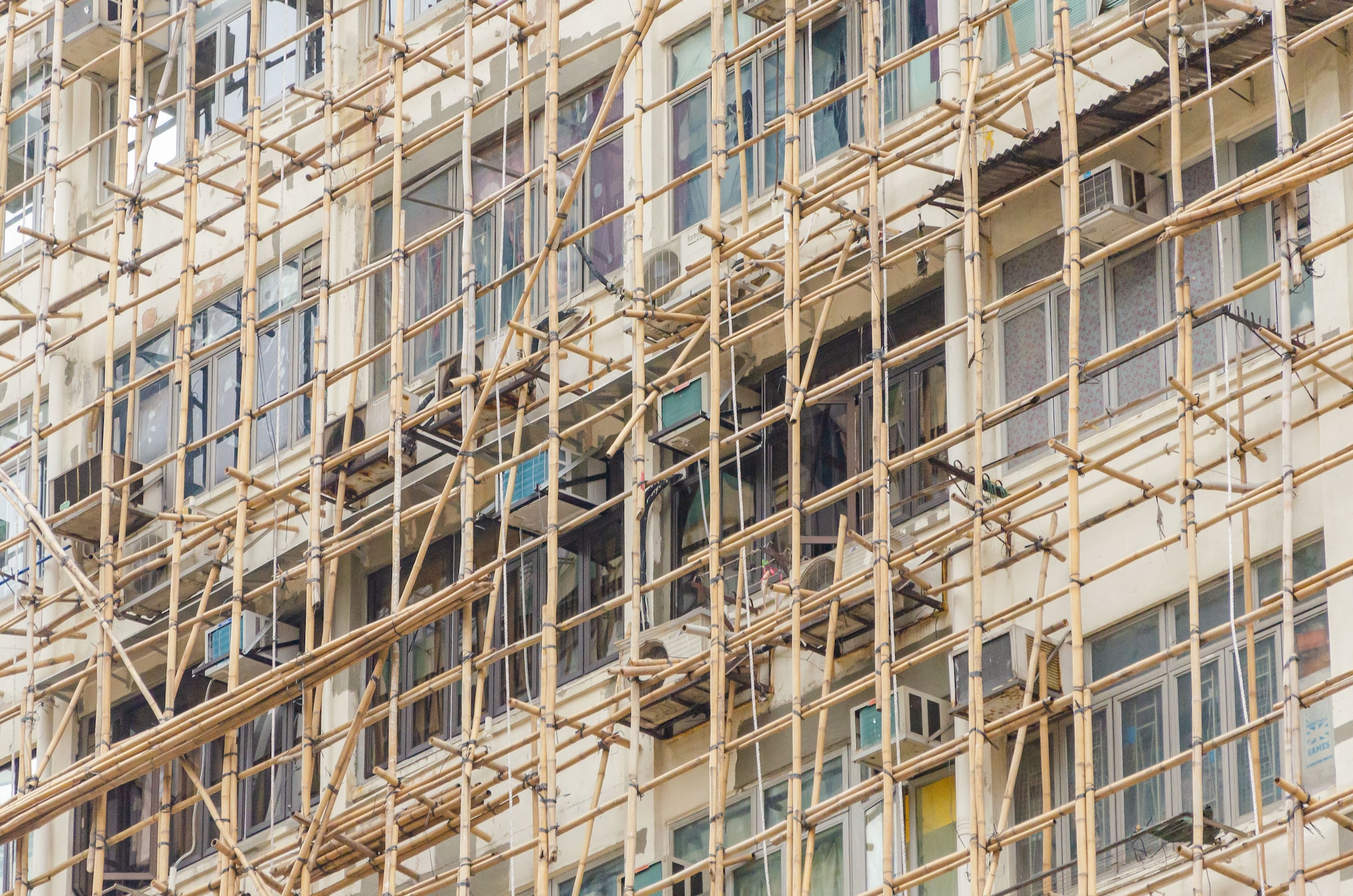


#Bamboo #Cork #Renewable Resources #Sustainable Building Materials
Valencia Meredith
Bamboo and cork are durable, flexible, fast-growing green alternatives to energy-intensive building materials and are seemingly unlimited in supply. Bamboo as a building material is commonly associated with Southeast Asian and South American structural framing for homes. That is due to bamboo’s easy harvesting and cultivation process, requiring little attention outside of daily watering (depending on the rainfall in your area). Cork is sourced from dead cork tree bark cells, requiring no root removal, allowing the continual growth of the bark. In the western world, bamboo as a building material is growing in popularity, especially in sustainable construction, due to its lightweight and durability. According to Smart Cities Dive, bamboo’s compressive strength is stronger than brick and concrete! Cork’s honeycomb-like structure, with empty space and layers similar to bubble wrap, are commonly used for floor tiling due to its ability for great shock and noise absorption in addition to being moisture resistant and flame retardant.
Both cork and bamboo are viable alternatives to standard building materials. However, there are a few downsides. Bamboo is a very porous plant that can swell and crack when too much water is absorbed. This can lead to infestation and rot. This means that bamboo will require treatment to resist insects. Also, if you plan to grow bamboo, it can be a very invasive plant. Cork is sourced in the Mediterranean and requires energy to be shipped. When looking and comparing building material alternatives, these are factors to take into account.
If you are interested in learning more about bamboo and cork and how you can use it for home building, check out the article “5 of the world’s most eco-friendly building materials.”
According to the Smart Cities Dive article, reclaimed or recycled wood and metal is another eco-friendly building material, and can be used for a variety of purposes.